Gemini: a new stable isotope tool
BGS’s Stable Isotope Facility has new mass spectrometer equipment for analysing carbon and oxygen isotopes from carbonates and water.
21/08/2025 By BGS Press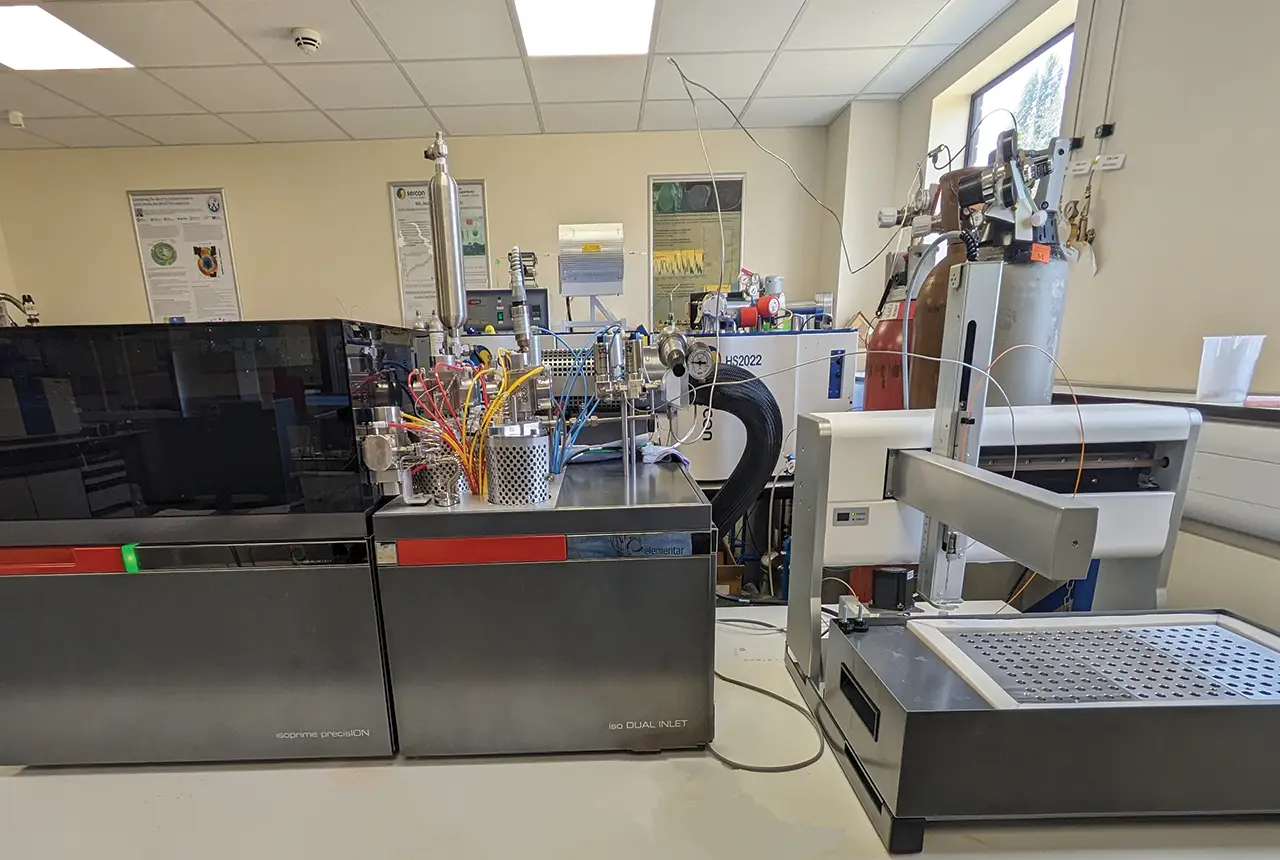
The Stable Isotope Facility (SIF) at BGS has just welcomed a new arrival to its mass spectrometer contingent: Elementar’s isoprime preciSION with iso DUAL and iso MULTI PREP instrument. It is designed to analyse carbon and oxygen isotopes from carbonates as well as oxygen isotopes in waters for scientific research.
The instrument
We have nicknamed our new instrument ‘Gemini’ to reflect both its nature as a dual inlet system and its dual purpose to analyse both small carbonates and water isotopes. Since being installed in April 2025, it has already analysed over a thousand samples and is able to run a range of in-house and international standards with better than 0.1 per mil reproducibility down to a sample size of 20 μg (potentially even less than 5 µg! It is very difficult to see materials at this weight). Gemini has already successfully analysed a range of sample materials including tooth enamel, foraminifera, brachiopods and clam shells for various research questions.
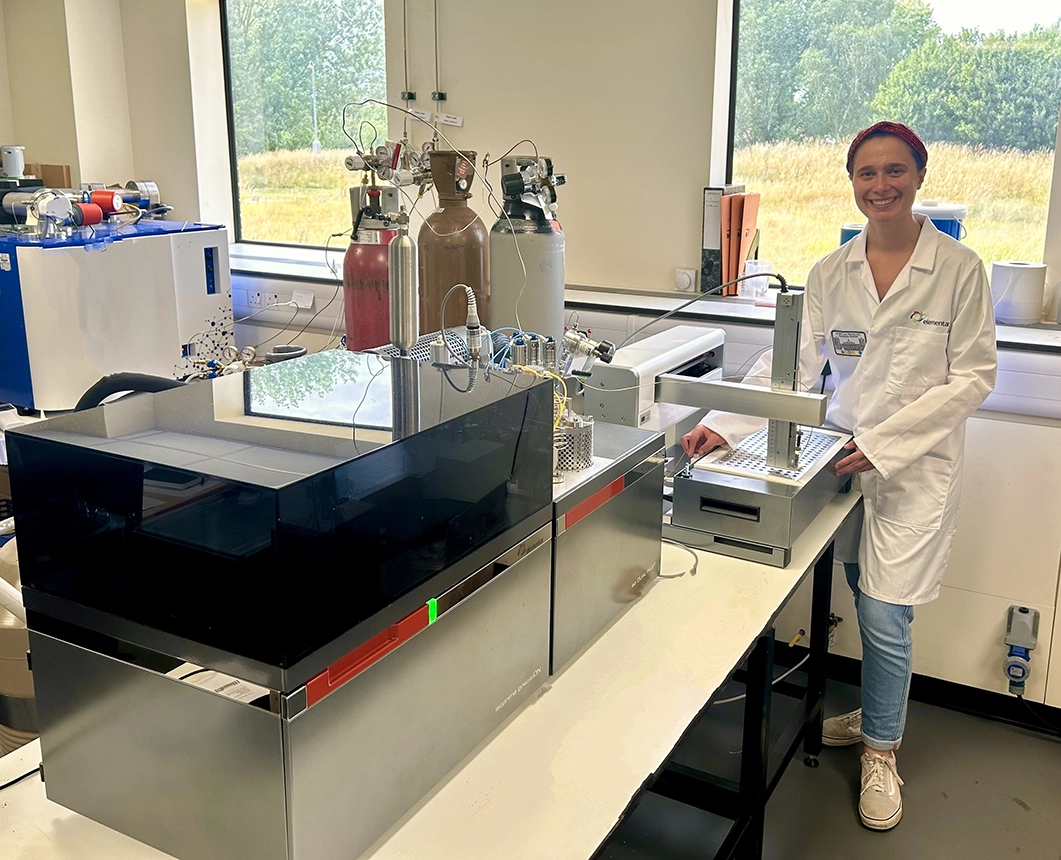
Figure 2a: SIF staff member Charlotte Hipkiss with the Gemini instrument. BGS © UKRI 2025.

Figure 2b: a small carbonate sample weighed into a glass cup with a pen tip for scale reference. BGS © UKRI 2025.
Testing the Gemini
As part of the initial setup, we ran a series of tests to ensure the Gemini was running well. This included a size test that looks at what the values are for one standard if we weigh it out across a range of sizes. For this test, we used an in-house standard Keyworth Carrara marble (KCM), which is a calcite. Carrara marble has been used for building since ancient Roman times because of its beauty and it’s present in many notable structures, including Marble Arch in London, Peace Monument in Washington DC, the Pantheon in Rome and grave headstones across the world — we are currently using an offcut from a stone mason. Our batch is a valuable standard for oxygen and carbon carbonate analysis not just in SIF but also in many laboratories across the UK.
Figure 3 shows the data produced during the size test. The reproducibility was better than 0.1 per mil for both δ13C and δ18O across a range of sample sizes, which is excellent news and conforms with the precision required for internationally reporting of stable isotope data.

Figure 3 Graph showing the KCM size test data from the Gemini. Blue dots are the δ13C from the Gemini. Orange dots are the δ18O data from the Gemini. The dashed lines show the known δ13C and δ18O values for KCM. BGS © UKRI 2025.
Research focuses
We use carbon and oxygen isotopes in carbonates (CaCO3) to understand more about our environment both today and in the past. Recent published work on carbonates that the stable isotope team have been involved with include:
- using brachiopod isotope composition to reconstruct environmental variation in the (past) oceans (Crippa et al., 2025)
- identifying changes in rainfall over thousands of years using cave stalagmites in Iraq (Fleitmann et al., 2025)
- describing changes in oxygen levels in ancient oceans (Nilsson-Kerr et al., 2025)
If you are interested in reading about other research done by the Stable Isotope Facility, please visit our Google Scholar page for our publications.
If you are a potential user of Gemini, please contact the Stable Isotope Facility. UK-based researchers can apply for access through the National Environmental Isotope Facility (NEIF), which is a NERC Service and Facility and free at the point of access for successful UK applications. The next deadline for NEIF applications is 8 October 2025. Before submitting your application, it is important that you first seek the advice of staff at the facility. Further information can be found on NEIF’s dedicated website.
Related news
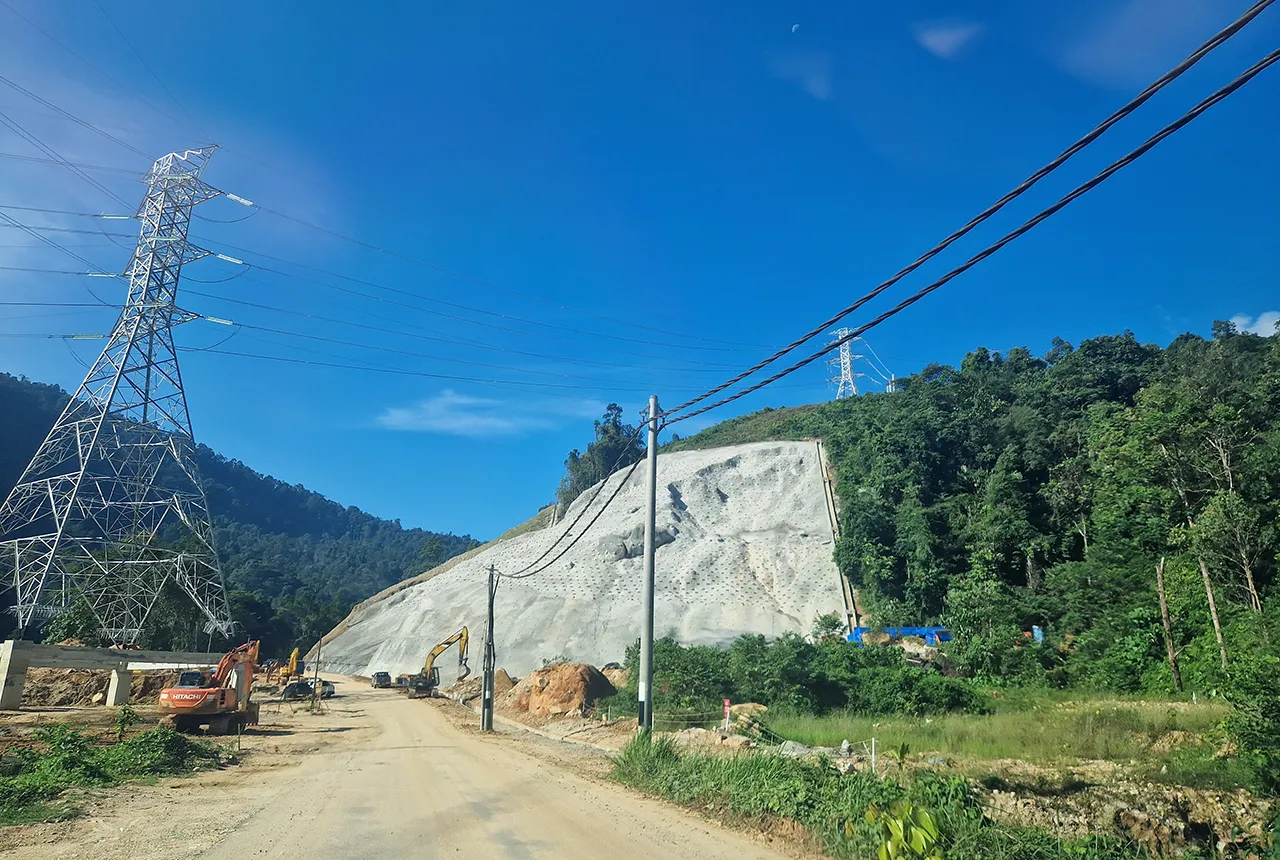
BGS awarded funding to support Malaysia’s climate resilience plan
17/12/2025
The project, funded by the Foreign, Commonwealth & Development Office, will focus on minimising economic and social impacts from rainfall-induced landslides.
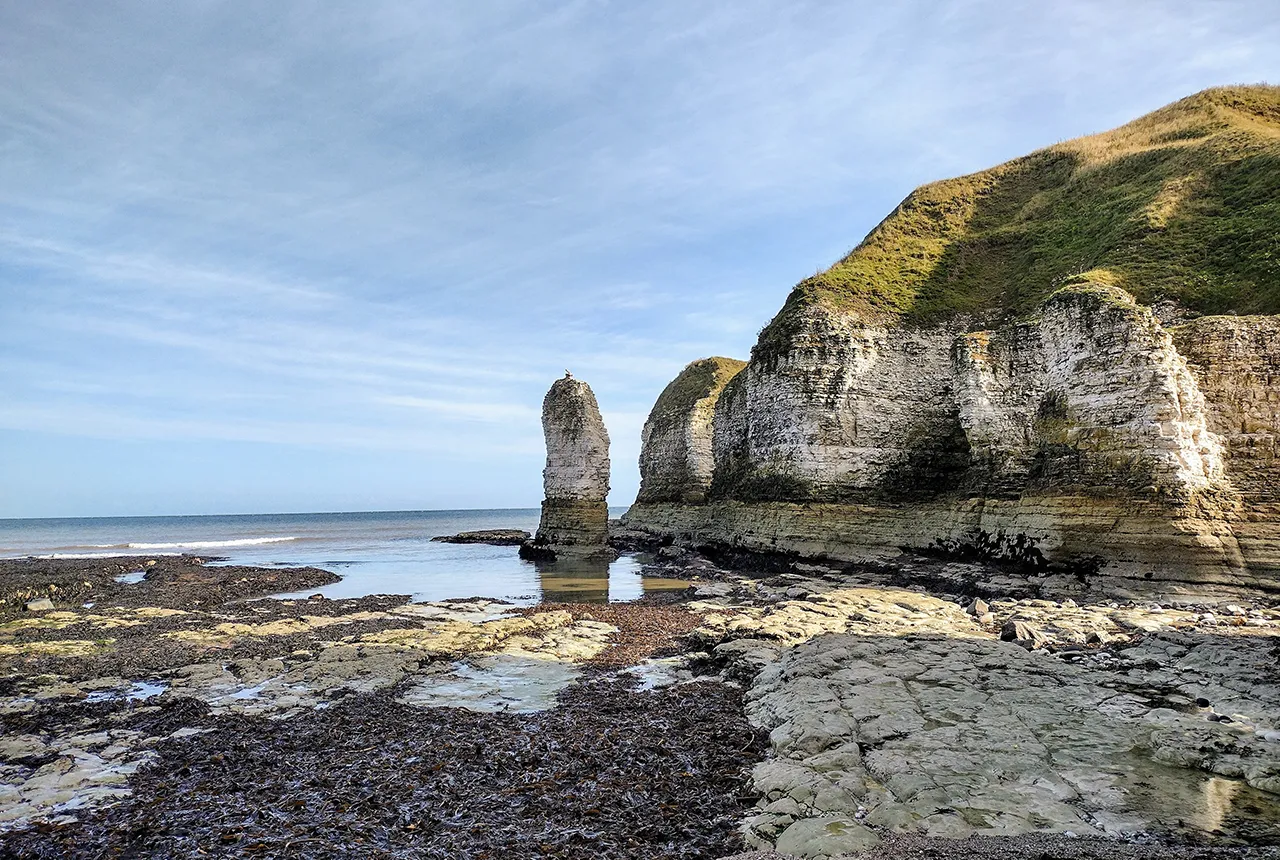
New geological maps of the Yorkshire Wolds to better inform groundwater management and policy decisions
17/12/2025
The new mapping provides crucial data on localised geological issues that may assist in protecting water supplies.
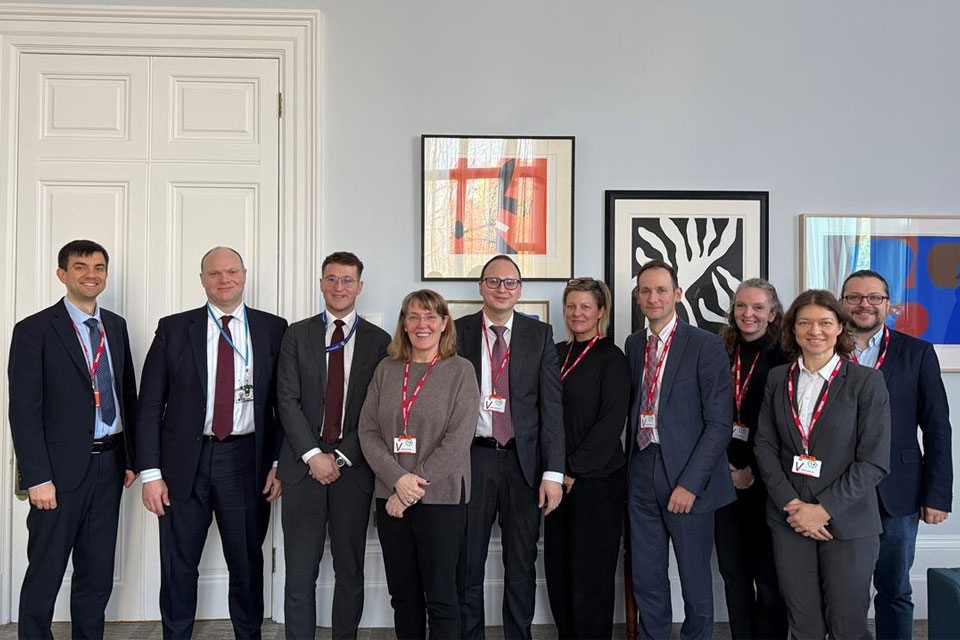
BGS agrees to establish collaboration framework with Ukrainian government
11/12/2025
The partnership will focus on joint research and data exchange opportunities with Ukrainian colleagues.

New 3D model to help mitigate groundwater flooding
08/12/2025
BGS has released a 3D geological model of Gateshead to enhance understanding of groundwater and improve the response to flooding.

New research shows artificial intelligence earthquake tools forecast aftershock risk in seconds
25/11/2025
Researchers from BGS and the universities of Edinburgh and Padua created the forecasting tools, which were trained on real earthquakes around the world.
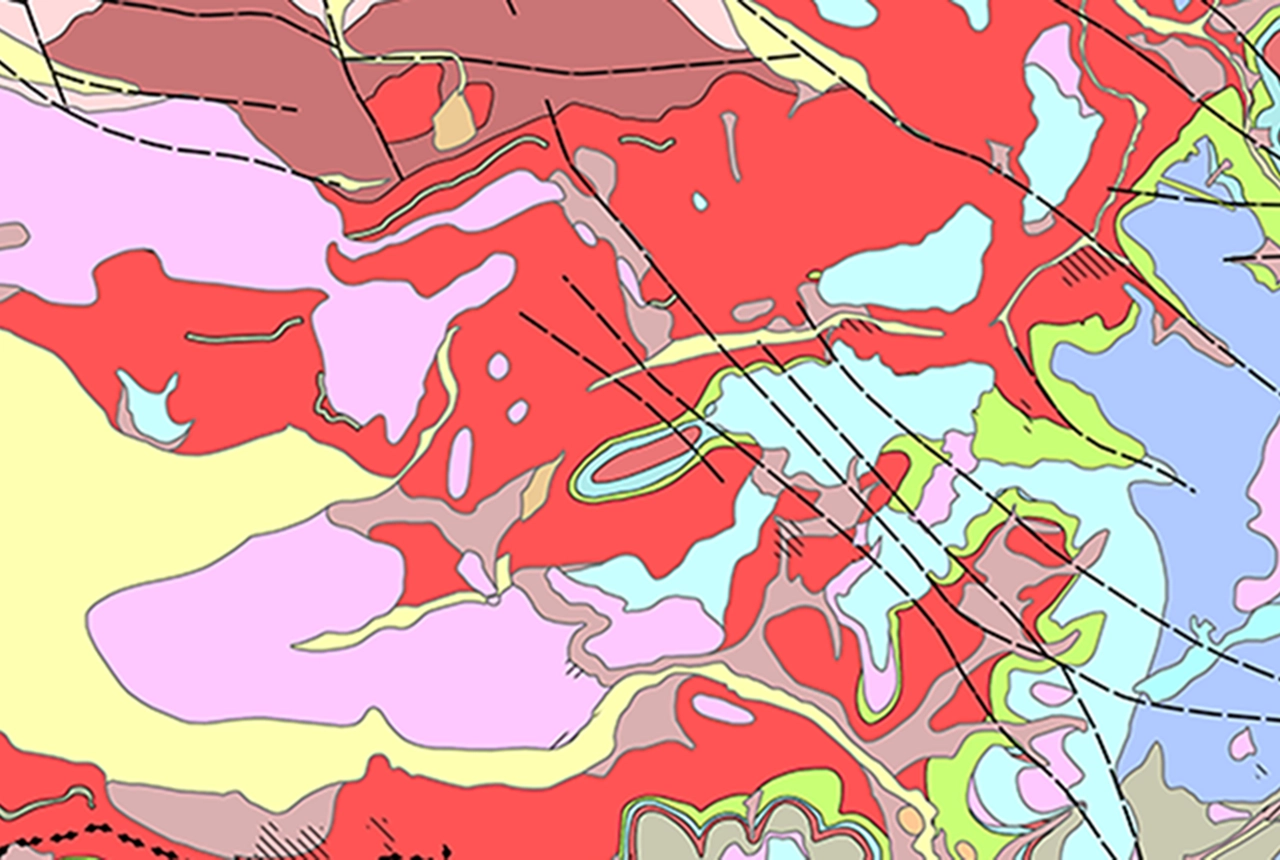
Latest BGS Geology 50K mapping data launched
06/11/2025
Some of our most widely used maps have received a major update, including the 1:50 000-scale map series that now includes enhanced coverage of Great Britain.

New research highlights significant earthquake potential in Indonesia’s capital city
04/11/2025
Research reveals that a fault cutting through the subsurface of Jakarta could generate a damaging earthquake of high magnitude.
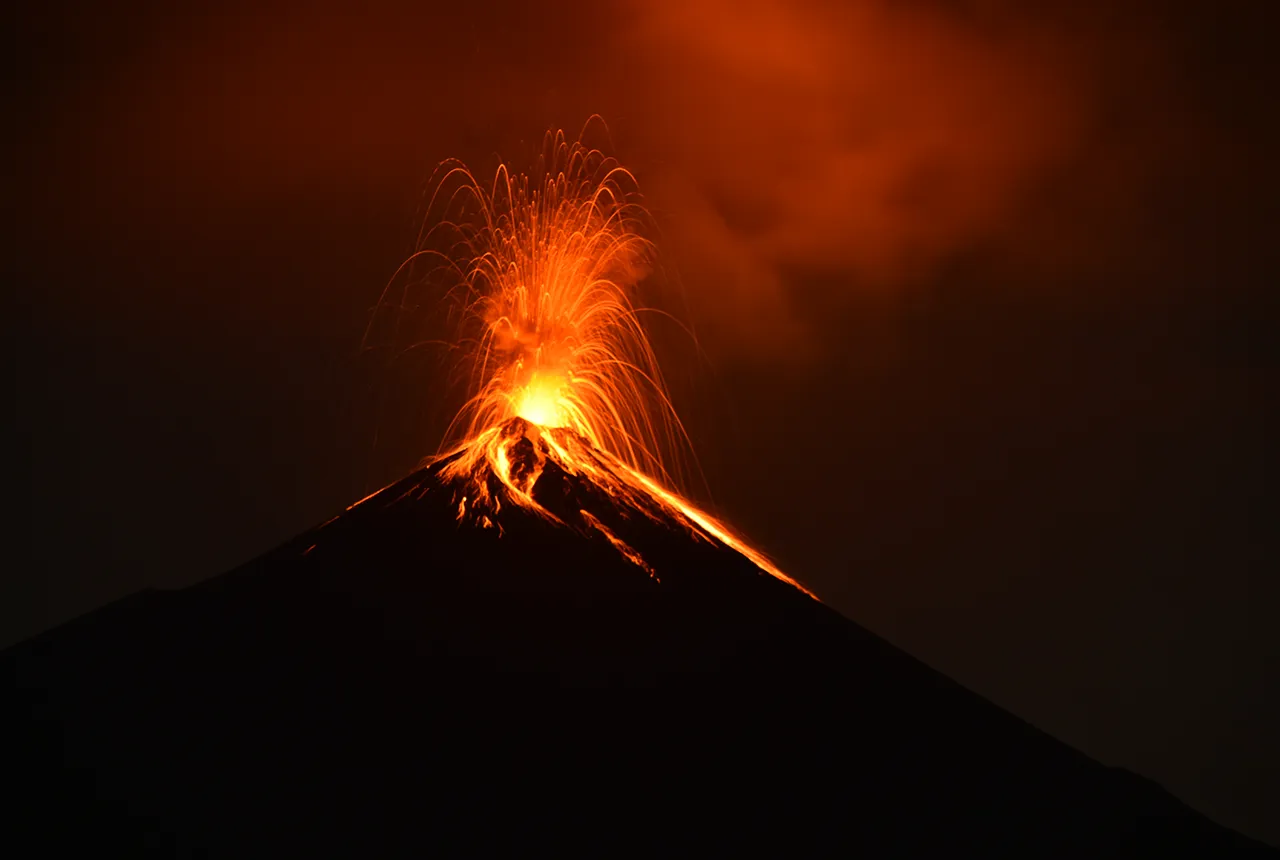
Fieldwork on Volcán de Fuego
13/10/2025
Understanding how one of the world’s most active volcanoes builds up material, and how they collapse to feed hot flows

Extended seabed geology map of the Bristol Channel published
07/10/2025
BGS has released significantly extended high-resolution maps that will support offshore green-energy initiatives in the area.

New BGS GeoIndex viewer released for user testing
24/09/2025
The premium map-viewing application has been given a major upgrade and made available as a beta release.
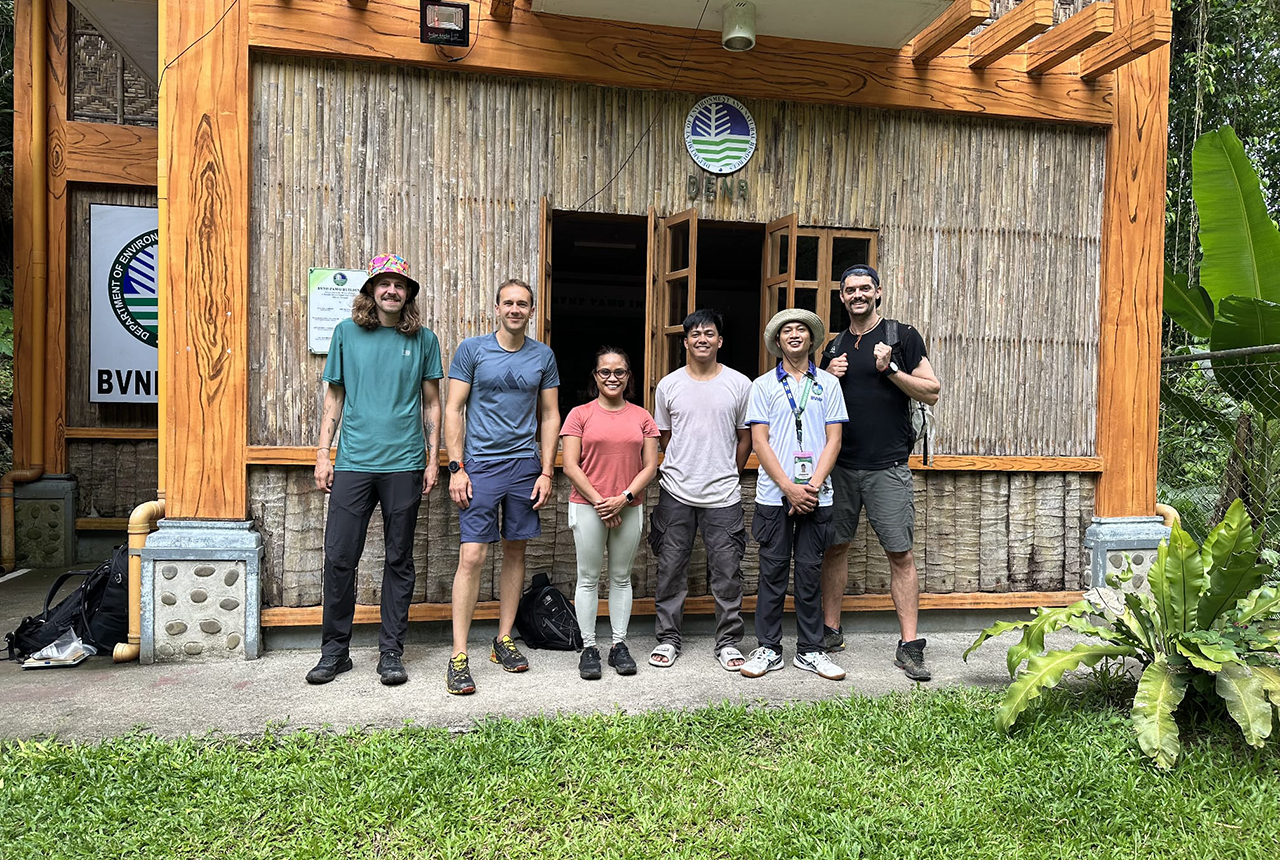
PhD adventures in the Philippines: coring around Lake Bulusan
05/09/2025
Chris Bengt recounts his two-week field trip to Bulusan Volcano Natural Park in the Philippines to collect lake sediment cores, fresh soil and water samples.

New seabed sediment maps reveal what lies beneath the waves
03/09/2025
Marine ecosystem science and offshore infrastructure will be boosted by a new dataset showing sediment composition across the UK continental shelf.


